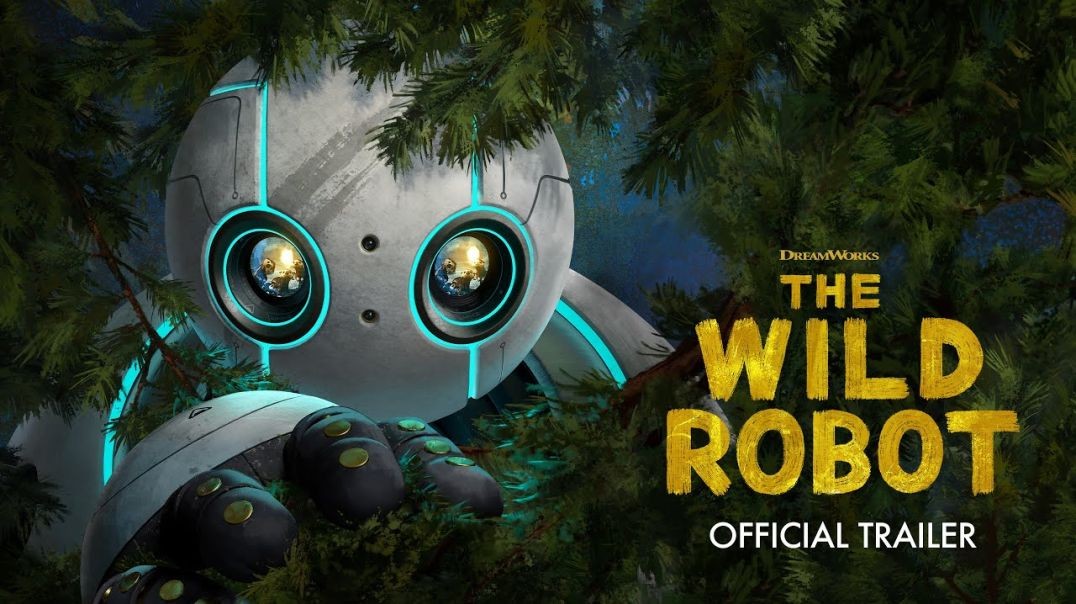3 Views· 07 December 2022
Africa's Super Cats - Lions vs Brutal Leopards (Nat Geo Wild)
Advertisement
Enter the Wildlife Africa arenas bathed in a history of wildness and predators where big cats and big crocs have reigned supreme for centuries. Here in the open plains muddy swamps and deep rivers these super predators don't simply survive in hostile and unforgiving conditions they thrive because of them. See how these four-legged big cats adapt to their surroundings and use the terrain to unlock new strategy techniques seek out new prey and amplify their age-old skills by using the lay of the land.
Lion
The Lion is one of the largest strongest and powerful felines in the world second only in size to the Siberian Tiger. They are the largest cats on the African continent and are unique among felines in a number of ways but the biggest difference between Lions and other cats is that they are incredibly sociable animals that live together in family groups known as prides. Lions are also part of the big cat family meaning that both males and females are able to roar. Despite having once roamed across much of Africa and even parts of Europe and Asia the world's remaining Lion population now resides in sub-Saharan Africa.
Leopard
The Leopard is a medium-sized wildcat that is natively found in a variety of different habitats across sub-Saharan Africa and southern Asia. A member of the "Big Cat" family the Leopard is an agile and opportunistic hunter that has been able to exploit habitats unused by other large felines as it spends a great deal of its time high in the tree branches. There are seven different sub-species of Leopard which differ in their appearance and geographic location with the African Leopard being the most common and widespread and the others being the rare Amur Leopard the Anatolian Leopard the Barbary Leopard the Sinai Leopard the South Arabian Leopard and the Zanzibar Leopard. Although the African Leopard populations are stable throughout much of their natural range the story is different for the remaining sub-species that are often isolated and critically at risk
Up next
Advertisement





















0 Comments